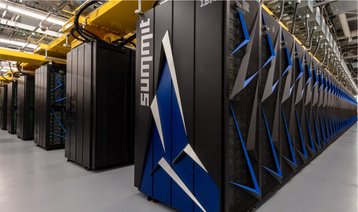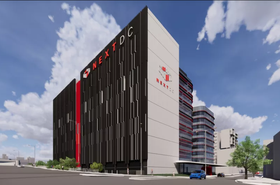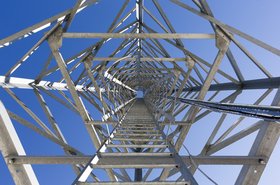The Oak Ridge National Laboratory (ORNL) has removed more than 32,000 storage drives from its Summit supercomputer.
Dubbed the Alpine storage system and representing 250 petabytes of data, ORNL has decommissioned and shredded the drives in preparation for the upcoming Discovery supercomputer.
Shared by ORNL on September 17, Alpine's dismantling process has been ongoing throughout the summer.
Alpine's system consists of 40 cabinets that cover 1,400 sq ft (130 sqm) of floor space. The 250 petabytes of disk space are provided by 32,494 hard drives, each of which has to be physically removed one at a time. A report from Tom's Hardware added that the hard drives are 10TB NL-SAS drives, made up of 77 IBM Elastic Storage Server (ESS) nodes, and the system could have 2.2 Tbps random read and write speeds at its peak. Tom's Hardware added that drive failure rates had necessitated adding another storage system, Alpine2, to Summit.
“Summit was designed to run huge simulations on supernovae and fusion reactors,” said Paul Abston, group leader for infrastructure operations at ORNL’s National Center for Computational Sciences. “You’d be hard-pressed to find a place that has more hard drives than us, maybe besides Amazon, Google, or Microsoft. So, taking Alpine apart is a big job, and, of course, safety and security are number one.”
Once removed, the hard drives are put in a locked bin and are then shredded. The shredder is supplied and operated by ShredPro Secure, and can handle one hard drive every 10 seconds.
“It’s a lot like a woodchipper. The teeth of the shredder tear the drives into tiny pieces, making it impossible to reconstruct into a functioning drive,” Abston said. “Even though we’re not dealing with classified data, the data still belongs to the users, and we have a responsibility to make sure it’s protected.”
The "shreds" are then taken to be recycled via ORNL's metal recycling program.
According to Abston, the last time they did a decommission like this was in 2019 with the retiring of the Atlas storage system. Atlas contained around 20,000 hard drives, and took nine months to complete as it was "substantially more expensive." Alpine, comparatively, has taken two months, and ORNL has been able to shred an additional 10,000 hard drives from other support systems.
The move was done in preparation for the Discovery supercomputer, which is expected to be the world's fastest with 8.5 exaflops of computing performance. An RFP was put out for Discovery in July 2024 with a deadline of August 30. No vendor has been announced as yet. Discovery is not expected to come online until 2027.
Summit was previously slated to be switched off in 2023, but this was extended to November 1, 2024. The Summit supercomputer is a 13MW system that features 9,216 IBM Power 9 processors and 27,648 Nvidia Volta GPUs across 4,608 servers, connected via Nvidia’s NVLink interconnect. Its nodes are connected via Mellanox dual-rail EDR InfiniBand network, delivering 200Gbps to each server.
On November 19, the other storage system Alpine2 will be switched to read-only for Summit and will then be reconfigured into a near-line storage system supporting other OLCF data capabilities. Alpine2 is slated to be decommissioned fully by the end of January next year.
ORNL is also home to the current fastest supercomputer, Frontier, with a HPL score of 1.206 exaflops.







